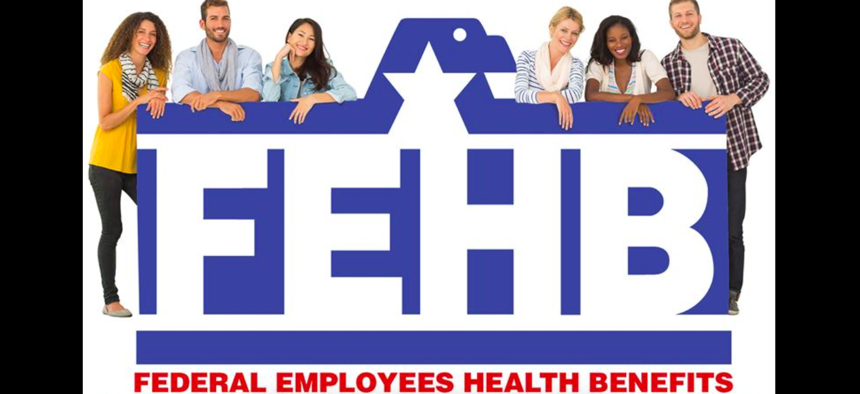
Air Force
Open Season Tips and Secrets
The clock is ticking on making your health plan choices for 2020.
There are three weekends left to make changes during this year’s health insurance open season, which ends Dec. 9. Although it might be tempting to be complacent and just stick with your current plan, it’s wise to put in a little time and effort so you aren’t caught off guard in 2020.
This week, we’ll look at some tips, tricks and resources for making the best choice this open season. First, here are some recent articles and columns on the subject:
- Making Sense of FEHBP's New Indemnity Plans
- Updated Consumers’ Checkbook Guide Aims to Help Feds Compare Health Plan Costs
- Solving the Health Plan Puzzle
- One Thing You Should Be Sure To Do This Open Season
- It’s Time to Start Thinking About Health Insurance Open Season
Next, here are some specific pieces of advice and information:
Visit your current plan’s website or search the plan brochure to be sure you’re taking advantage of your plan’s 2019 perks. You may be eligible for cash rewards or other incentives to perform routine activities to promote wellness. Be sure to complete the requirements before the plan year ends on Dec. 31.
If you remain in the same health plan, 2020 benefit changes are effective on Jan. 1, 2020. On the front cover of every FEHBP plan brochure you can find information about how your plan will change next year.
Federal employees and retirees have until midnight, Dec. 9 (please don’t wait until then!) to choose a different health plan for 2020. If you join a new plan during open season, your coverage begins on the first day of your first pay period that starts on or after Jan. 1. If you change plans or plan options and you receive care between Jan. 1 and the effective date of coverage under your new plan or option, your claim will be paid according to the 2020 benefits of your old plan or option. Retirees and survivor annuitants’ coverage and premiums begin on Jan. 1.
If your old plan is leaving FEHBP at the end of the year (as in the case of MVP Health Care in New York and Highmark Choice Company in Pennsylvania) or changing their service area, you are covered under that plan’s 2019 benefits until the effective date of your coverage with your new plan. If your old plan is leaving FEHBP, you’ll be placed in the new GEHA Elevate Plan unless you make a different choice during open season.
If the dental and vision benefits included with your health plan are not going to meet your needs for 2020, visit Benefeds to learn more about supplemental Federal Employees Dental and Vision Plans.
For retirees with Medicare Parts A and B, there are special considerations and some new options for this open season. When reviewing the plans that will work best for you if Medicare is your primary coverage, consider the following questions:
- Does your plan offer “wraparound coverage?” This means that when Medicare pays first, the plan will waive its deductibles, copayments and coinsurance, leaving you with little or no out of pocket expense. To find out, visit your plan website or review Section 9 of your 2020 plan brochure.
- Does your plan offer a health fund or Medicare reimbursement? According to the Consumers’ Checkbook Guide to Federal Health Plans, the three national plans that provide a complete wraparound for hospital and doctor costs also fund Part B costs are Aetna Direct (funding up to $900 towards the Part B premium), Blue Cross Blue Shield basic option ($800), and GEHA high option ($600). Most of the west coast Kaiser plans and most of the UnitedHealthcare plans (including several in the Washington area) offer even larger subsidies if you have Medicare A and B and are willing to join their Medicare Advantage plans.
- Do you fill non-generic prescriptions? Medicare Part B does not cover outpatient prescriptions, so this can be one of the largest out of pocket expenses you have. Most FEHBP plans have low cost-sharing for generic drugs, but name-brand drugs and specialty medications can be espensivein some plans.
Here are a few more places to learn more about what’s changing this open season and get tips on selecting the best plan for you and your family:
- Consumers’ Checkbook Guide to Federal Health Plans has been an excellent resource for many years.
- The Office of Personnel Management is the center of open season resources. Use OPM’s plan comparison tool and plan information site to learn the important details that distinguish one plan or option from another.
- The National Active and Retired Federal Employees Association’s Federal Benefits Institute has several webinars on open season for members. NARFE’s New York chapter offers a resource page on making changes.
- The For Your Benefit program on Federal News Network offers interviews with experts and plan representatives during open season.
- If you have a health fair in your area, try to attend so you can gather information from plan representatives.
Finally, a note for those planning to retire in the near future:
- You can change plans or plan options and still meet the five-year test for continuation of FEHBP into retirement. You only need to be covered by FEHBP, not any one particular plan.
- Retirees can also change plans during open season.
- If you are retiring on Dec. 31, your open season change will be processed by OPM. A human resources specialist at your agency will submit a memorandum to OPM to alert them of the change.







